They are shaking up the food industry.
The U.S. Food and Drug Administration (FDA) has officially approved three new naturally derived color additives, offering food manufacturers a broader selection of safe, plant-based coloring options. This move marks a step forward in reducing reliance on synthetic, petroleum-based dyes in food products.
This development supports a broader initiative led by U.S. Department of Health and Human Services Secretary Robert F. Kennedy Jr., who has prioritized removing petroleum-based dyes from the national food supply. Following a joint announcement by the FDA and HHS last month, food producers across the country have committed to eliminating these synthetic dyes by the end of 2026.
The newly approved additives include Galdieria extract blue, sourced from the red algae Galdieria sulphuraria, and authorized for use in items like beverages, cereals, candies, and dairy products. Also approved is butterfly pea flower extract, made by water-extracting dried petals from the butterfly pea plant, for use in both alcoholic and nonalcoholic drinks, as well as snacks and sweets. The third, calcium phosphate, is now permitted in ready-to-eat chicken, candies, and doughnuts.
FDA Commissioner Dr. Martin A. Makary emphasized the agency’s commitment to this transition, stating that the FDA is fulfilling its promise to quickly approve new natural colorants and expedite the review of others. He noted this rapid progress as a signal of the agency’s dedication to offering safer, naturally sourced alternatives in the food industry.
The approvals were granted to three different companies: Fermentalg of France for Galdieria extract blue, Sensient Colors of St. Louis for butterfly pea flower extract, and Innophos, based in Cranbury, New Jersey, for calcium phosphate.

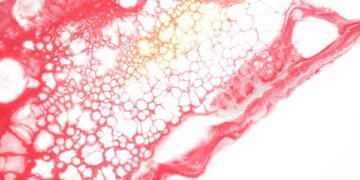

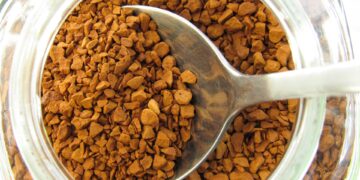

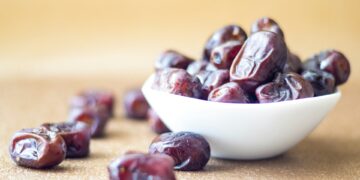

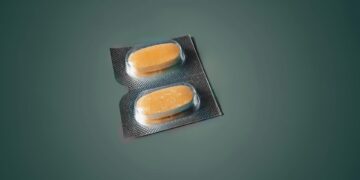










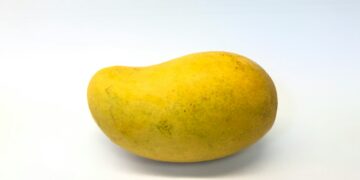

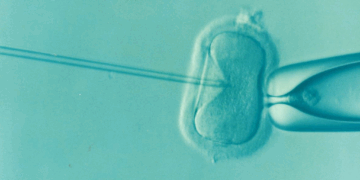












Discussion about this post